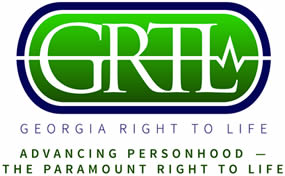 DO NOT Sign a DNR Order Before Reading This
DO NOT Sign a DNR Order Before Reading This
A DNR (do not resuscitate) order means that efforts to revive a person will not be made in the event of cardiac arrest (the moment a person’s heart stops and breathing becomes impaired). Be wary. A DNR order may be misused or wrongly interpreted.
Once the decision has been made not to resuscitate a patient, there is the tendency to consider other treatments to be “futile,” resulting in the reduction of ordinary, beneficial care and treatment a patient wants, such as blood transfusions, antibiotics, intravenous lines, a ventilator, etc. Other frequent “side effects” of a DNR order are fewer visits from physicians and less nursing
care. [1]
When consenting to a DNR order, it is imperative that the patient or the patient’s proxy state clearly to the physician that refusal of cardiopulmonary resuscitation (CPR) does not limit or eliminate any other form of therapy or the attentiveness of the medical team. Make certain the physician clearly understands and documents the patient’s or proxy’s request that all beneficial care and treatment, other than CPR, be provided. All things considered, it is better to avoid broad DNR orders than to attempt to ensure that they are not misinterpreted or misused.
There are circumstances when DNR orders should be removed.
- When a person’s condition improves, a DNR order should be reassessed and removed if it is no longer appropriate.
- A DNR order should be rescinded before a person undergoes surgery. An interesting Harvard Medical School study found that surgical patients with DNR orders had double the death rate of surgical patients in similar circumstances who did not have DNR orders. [2]
It is illegal to force anyone to sign a DNR order. Nevertheless, patients and their medical decision makers sometimes are pressured to do so. When a physician recommends a DNR order, carefully weigh individual circumstances and potential problems. Do not succumb to pressure.
One critical note: When a medically vulnerable loved one is hospitalized, check his or her medical records frequently to make certain a DNR order has not been placed there without the patient’s or your consent or knowledge. This does occur. If you discover an unwanted DNR order, insist on its immediate removal.
[1] Paul A. Byrne, M.D., et al, Life, Life Support, and Death: Principles, Guidelines, Policies and Procedures for Making Decisions to Protect and Preserve Life, American Life League[2] Required Reconsideration for the Implementation of Do Not Attempt Resuscitation (DNAR) Orders in the Preoperative Setting | Bioethics (harvard.edu)
By Julie Grimstad
President, HALO
Used with permission
